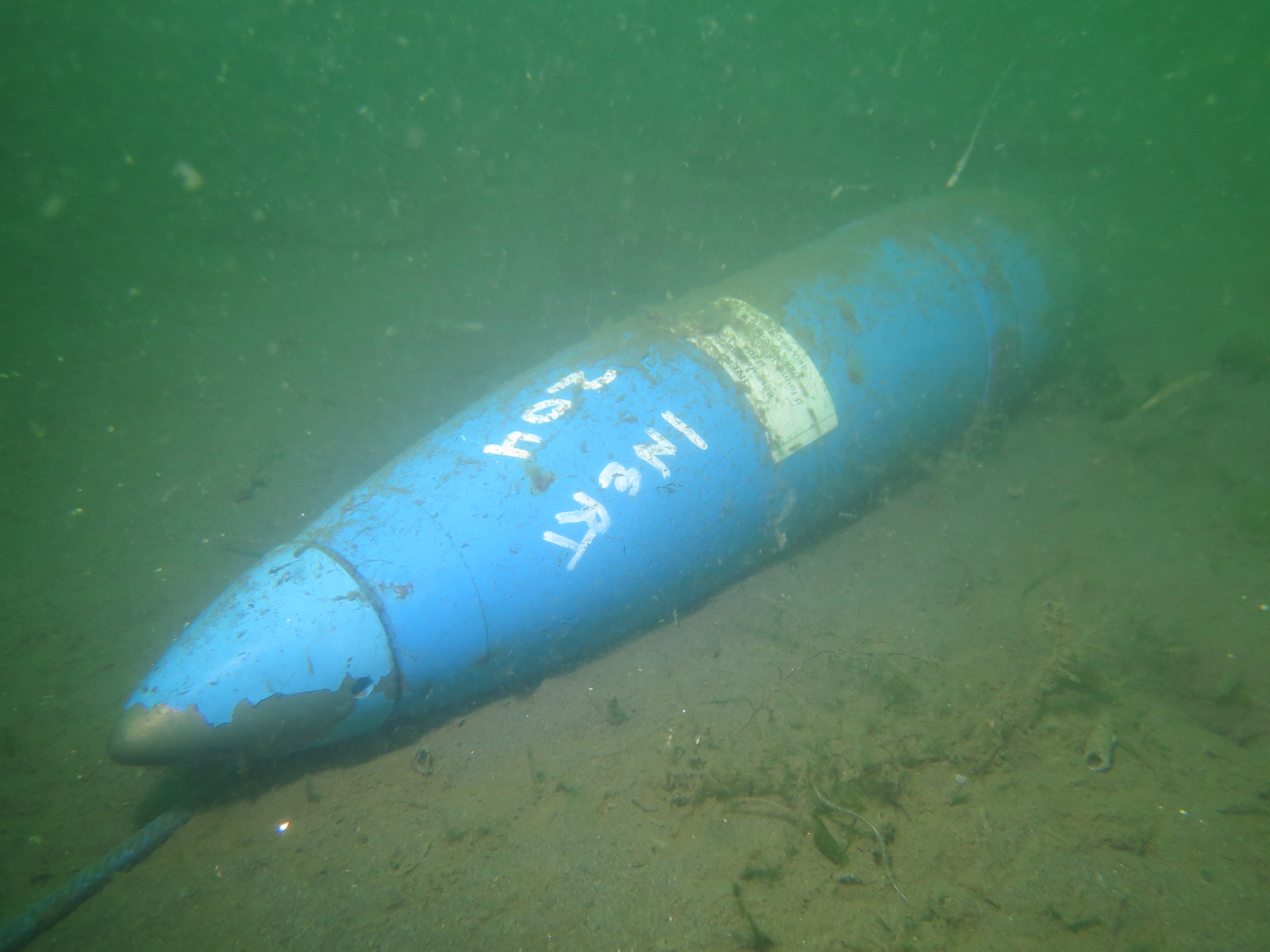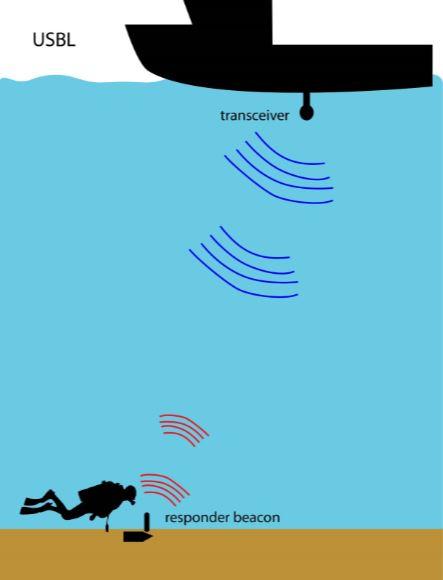Testbed Operations
Testbed Design
Management of the Sequim Bay Underwater Demonstration Site involves early planning and scoping of the target field design, acquisition of targets, coordination with multiple technology developers and collaborators, and obtaining permits for technologies used at the test site. Each year, a unique array of inert underwater unexploded ordnance (UXO) and clutter items is mapped out with precise, known locations in the permitted area of Sequim Bay. An existing PNNL-Sequim Scientific Research Plan and associated authorizations to conduct research in Sequim Bay form the basis of activities in the Sequim Bay UXO test bed.
 |
 |
Target Emplacement
Extensive diving operations execute exact target placement, ground-truth data collection, geolocation, and end-of-season retrieval of all testbed inert UXO and clutter to maintain the bay's pristine ecosystem. All the deployed items are carefully tracked by researchers at PNNL-Sequim.
 |
 |
| Inert unexploded ordnance deployed in Sequim Bay Underwater Demonstration Site. (Photos: Pacific Northwest National Laboratory) | |
Underwater environments present unique and complex challenges with respect to target placement and geolocation of targets for both testbed managers and technology demonstrators. In preparation for each season of technology testing in Sequim Bay, PNNL divers conduct extensive ground-truth surveys for each target. These surveys assess target type, placement characteristics in or on the seabed, and underwater geolocation. The information from a calibration line of targets is provided to the technology developers prior to their respective demonstration and engineering tests, while all information regarding the blind site is withheld until results of a formally scored target detection and classification are evaluated.

Geolocation Technology used by PNNL-Sequim
PNNL-Sequim has tested multiple technologies to identify the most cost-efficient, diver-assisted, underwater target geolocation technology system for testbed operations. A real-time kinematic global positioning system (RTK-GPS) coupled with an ultra-short baseline (USBL) acoustic system provides high accuracy underwater positioning of targets on the seafloor.
 |
|
 |
 |
|
| PNNL divers conducting ground-truthing (left) and geolocation (right) surveys at the Sequim Bay Underwater Demonstration Site. (Photos: Pacific Northwest National Laboratory). | |
Technology Developers
PNNL hosts several technology demonstrators at the Sequim Bay site that test a variety of UXO detection and classification systems, including electromagnetic and acoustic systems.
See the demonstrators and technologies that PNNL has hosted to date:
- MuST System — Applied Physics Laboratory at University of Washington
- UltraTEM System — Black Tusk Geophysics in collaboration with Gap Explosive Ordnance Detection and Tetra Tech
